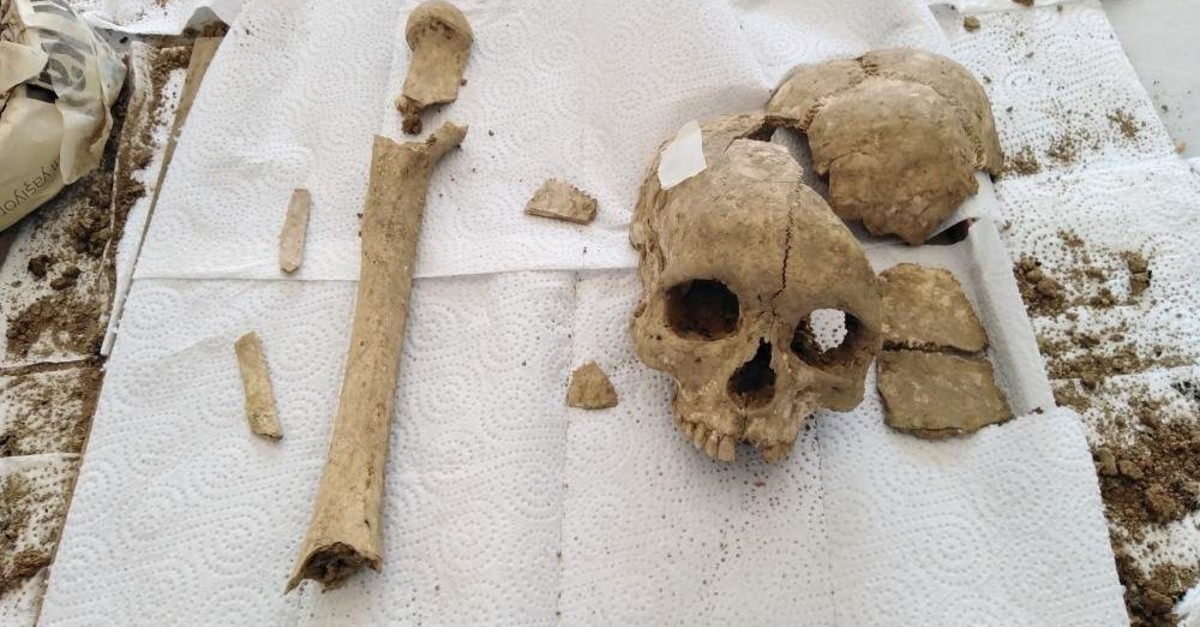
Yazılıkaya is where some archaeologists, like Charles Burney in his "Historical Dictionary of the Hittites" believe the mysterious "Hesti house" was situated...
Where did they go?



Keep Current with oldeuropeanculture
This Thread may be Removed Anytime!
Twitter may remove this content at anytime, convert it as a PDF, save and print for later use!

1) Follow Thread Reader App on Twitter so you can easily mention us!
2) Go to a Twitter thread (series of Tweets by the same owner) and mention us with a keyword "unroll"
@threadreaderapp unroll
You can practice here first or read more on our help page!